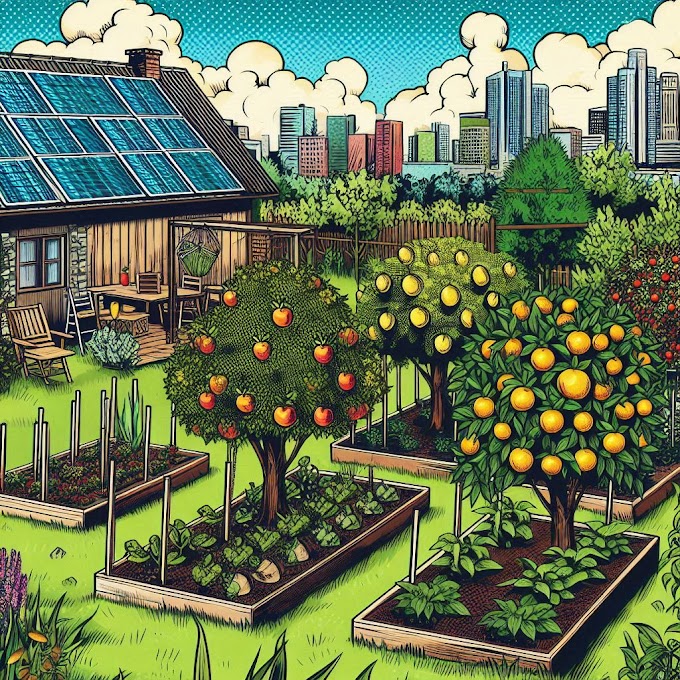Spinach: A Nutrient-Dense Survival Garden Staple
Spinach is an exceptional addition to any survival garden, thanks to its fast growth, versatility, and abundance of essential nutrients. It’s a hardy leafy green that thrives in cooler temperatures, making it a reliable crop throughout much of the year.
Why Grow Spinach?
Nutritional Value: Spinach is packed with vitamins A, C, and K, along with iron, calcium, magnesium, and antioxidants, supporting immunity, bone health, and energy.
Fast Growth: Spinach matures in as little as 4-6 weeks, making it one of the quickest crops to harvest.
Culinary Versatility: Its mild, slightly earthy flavor works well in salads, soups, and cooked dishes.
When to Plant Spinach
Cool-Season Crop: Spinach thrives in cooler temperatures and is best planted in early spring or late summer for a fall harvest.
Succession Planting: Sow seeds every 2-3 weeks for a continuous harvest.
Where to Grow Spinach
Location: Choose a site with partial to full sun; in hotter climates, opt for partial shade to prevent bolting.
Soil: Spinach prefers well-drained, loamy soil with a pH of 6.5-7.0. Adding compost or organic matter improves soil fertility and water retention.
How to Grow Spinach
1. Sow Seeds Directly:
Plant seeds ½ inch deep and 2 inches apart in rows spaced 12 inches apart.
Thin seedlings to 4-6 inches apart to allow room for growth.
2. Watering: Keep the soil consistently moist but not waterlogged. Spinach benefits from regular, shallow watering.
3. Fertilizing: Use a nitrogen-rich fertilizer or compost to encourage healthy, leafy growth.
Benefits of Spinach in a Survival Garden
Quick Harvest: Spinach is a reliable fast-grower, ensuring you have a steady supply of greens.
Cold Tolerance: Spinach can withstand light frosts, extending its growing season.
Nutritional Boost: A single serving provides a significant portion of your daily vitamin and mineral needs.
Culinary Uses
Fresh: Add spinach leaves to salads, sandwiches, or wraps for a fresh, crunchy element.
Cooked: Use spinach in stir-fries, soups, curries, or pasta dishes for a nutrient-rich addition.
Preserved: Blanch and freeze spinach for long-term storage, retaining its nutrients and flavor.
Smoothies: Blend spinach into smoothies for a nutrient-packed drink that doesn’t overpower other flavors.
Growing Tips
Mulch: Use mulch to retain soil moisture and regulate temperature.
Prevent Bolting: Harvest spinach promptly in warm weather to prevent it from flowering and becoming bitter.
Companion Planting: Spinach grows well with crops like radishes, carrots, and strawberries. Avoid planting near potatoes.
Pest Control: Keep an eye out for aphids, leaf miners, and slugs. Neem oil or diatomaceous earth can help protect your crop.
Harvesting and Storage
1. Harvesting: Begin harvesting spinach leaves when they’re large enough to eat, typically 4-6 weeks after planting. Pick the outer leaves first to allow the inner ones to continue growing.
2. Storage: Store unwashed spinach in a plastic bag in the refrigerator for up to a week. For longer storage, blanch and freeze it.
Why Spinach Is Essential in Survival Gardens
Spinach is an easy-to-grow, nutrient-packed vegetable that can provide quick and continuous harvests. Its adaptability to cool climates and versatility in the kitchen make it a survival garden essential. With minimal effort, spinach can ensure a steady supply of nutritious greens to keep you healthy and strong.












